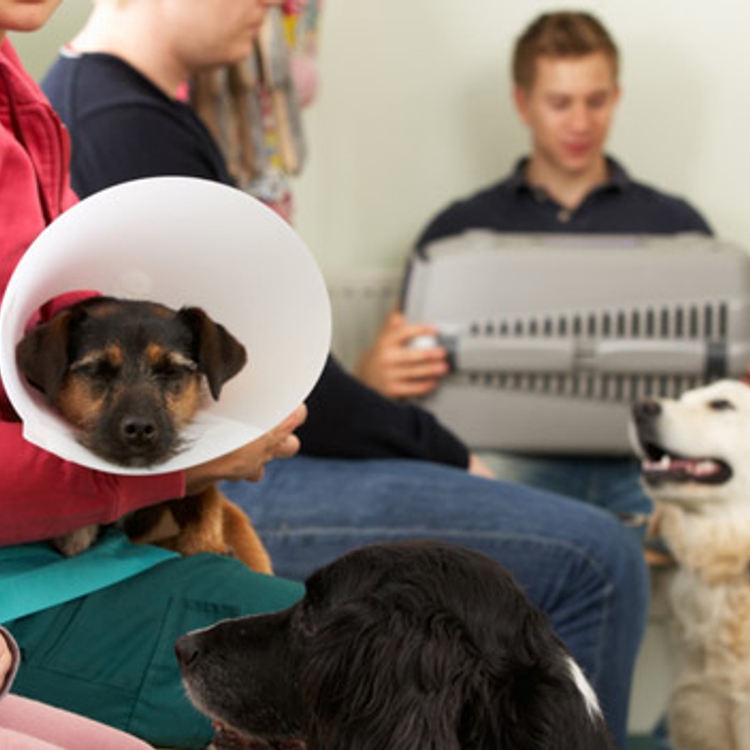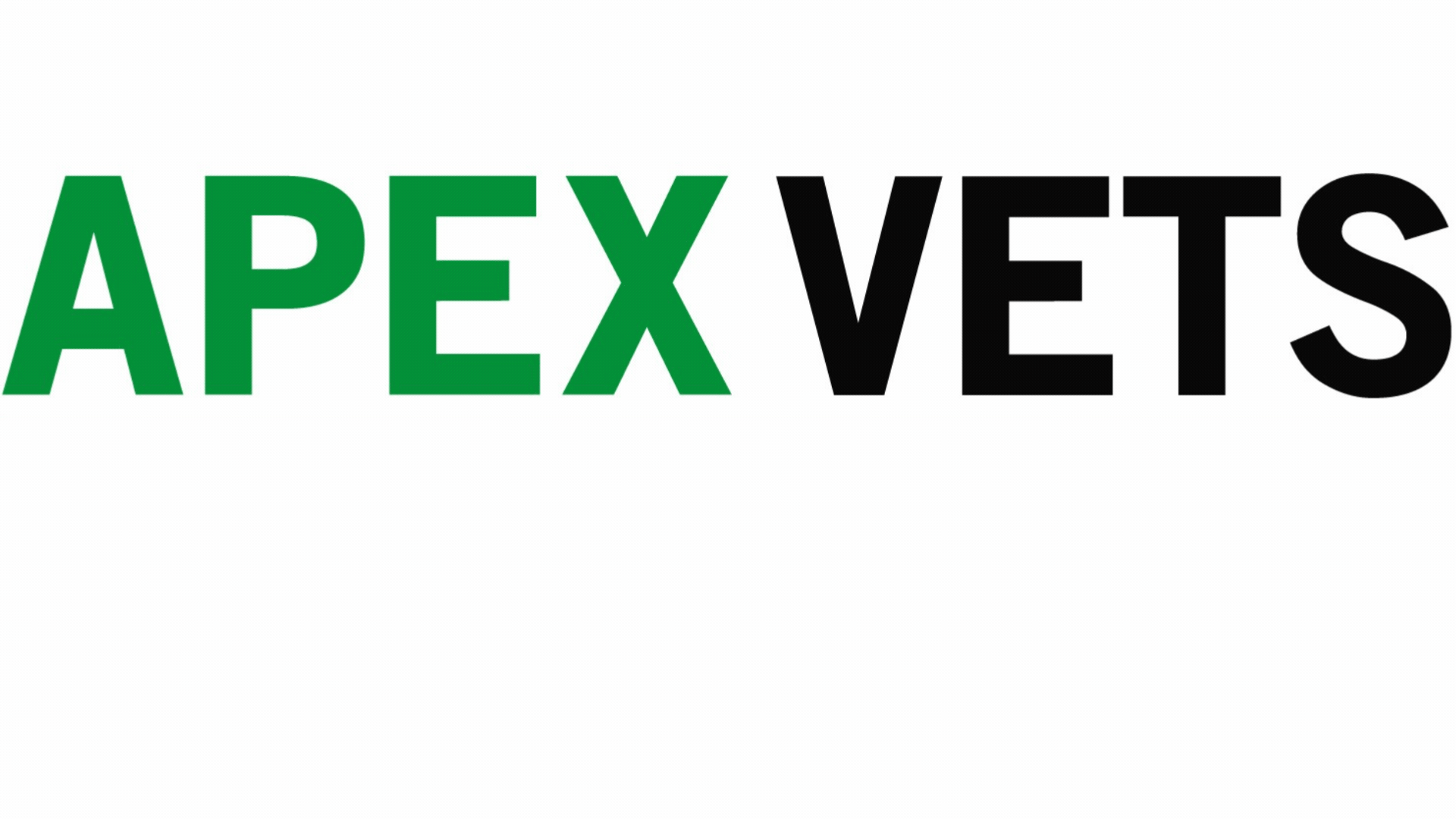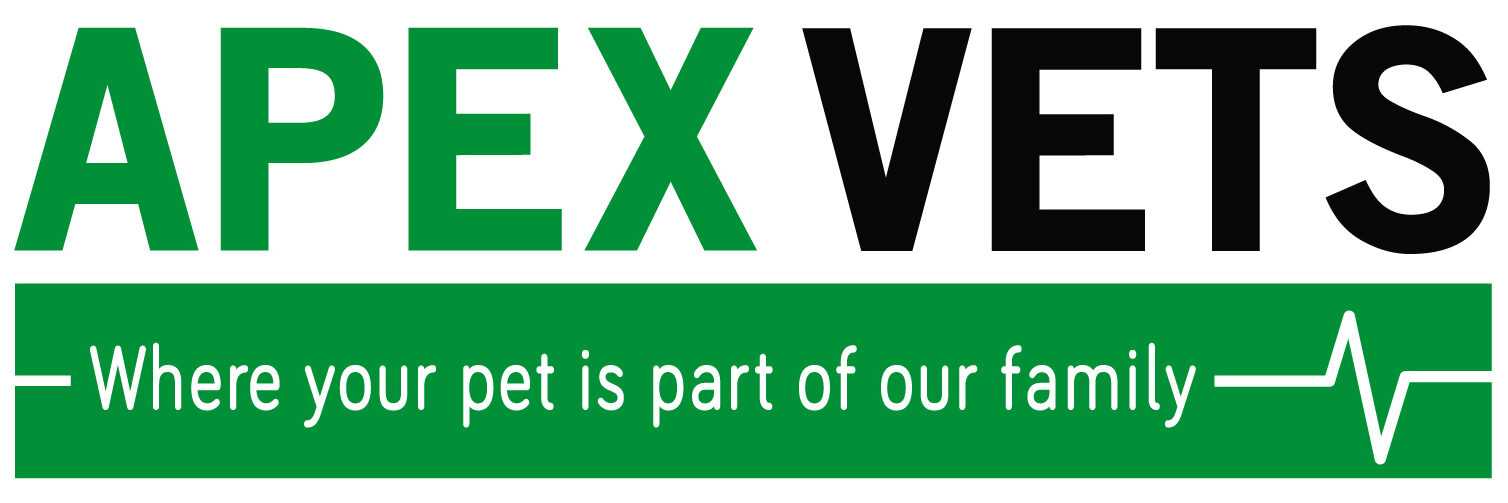11 July 2024
Post-Operative Care – Dogs and Cats

- Administration of sedation or a general anaesthetic may cause your pet to appear slightly drowsy.This should wear off over 24 hours.
- Pain Killers may have been given to your pet whilst admitted at the surgery.You may have been given additional medication to take home. Please follow instructions and check the labels carefully to ensure that you give this medication correctly.
- Your pet’s front leg may have been clipped to allow placement of an intravenous catheter.This is normal and hair will regrow over a few weeks.
- He/She may also have had a tube placed in his/her airway to facilitate breathing whilst under anaesthetic, so a soft cough for the next 2-3 days is not uncommon.
- Your pet may have stitches in a skin wound. It is vital that he/she does not lick or chew these stitches. Doing so can cause wound infections or even cause the wound to open. Your Veterinary Surgeon or Nurse may advise a buster collar or medical pet shirt to prevent licking.
Exercise:
- Your pet may appear to be sleepy or get tired quickly for the next 1-2 days. He/she will not require exercise or walking for the next 24 hours. A short trip out to the toilet is sufficient.
- For cats, it is best to be placed on house rest for the first 48 hours and provided with a litter tray. For larger procedures such as abdominal or orthopaedic surgery, you may be required to keep your cat indoors for longer periods of time.
- Dogs should be confined to strict rest (i.e. not allowed off the lead, no jumping onto furniture, running up and down stairs, no high impact activities like chasing balls etc) for the first two weeks. Following this, exercise can be re-introduced over the next two weeks. For abdominal surgeries including spays we would advise that exercise does not return to full normal levels until 1 month after the procedure and avoid high impact activities for this time while the body heals.
Feeding
- Your pet may not want to eat or drink after the operation. On the first evening he/she spends at home, give small frequent drinks of water, and offer small amounts of a light, easily digestible food (e.g. boiled fish or chicken, or tinned food). It should be fine to go back to his or her normal food the day after the operation unless other specific instructions have been given to you.
- Some pets may experience slightly loose motions or mild constipation in the 1-2 days following an operation but if symptoms progress to full blown diarrhoea or if he/she is unable to pass a motion within 3 days then please contact the surgery to ask for advice.
Follow up:
- Please check surgical wounds daily for signs of swelling, discolouration or discharge.
- Please make an appointment for a check up appointment as instructed. Stitches may need to be removed after 10-14 days.
Please contact the surgery if:
- Your pet is sick, refuses to eat, or is lethargic after the first day.
- The operation site is oozing, bleeding or appears swollen.






